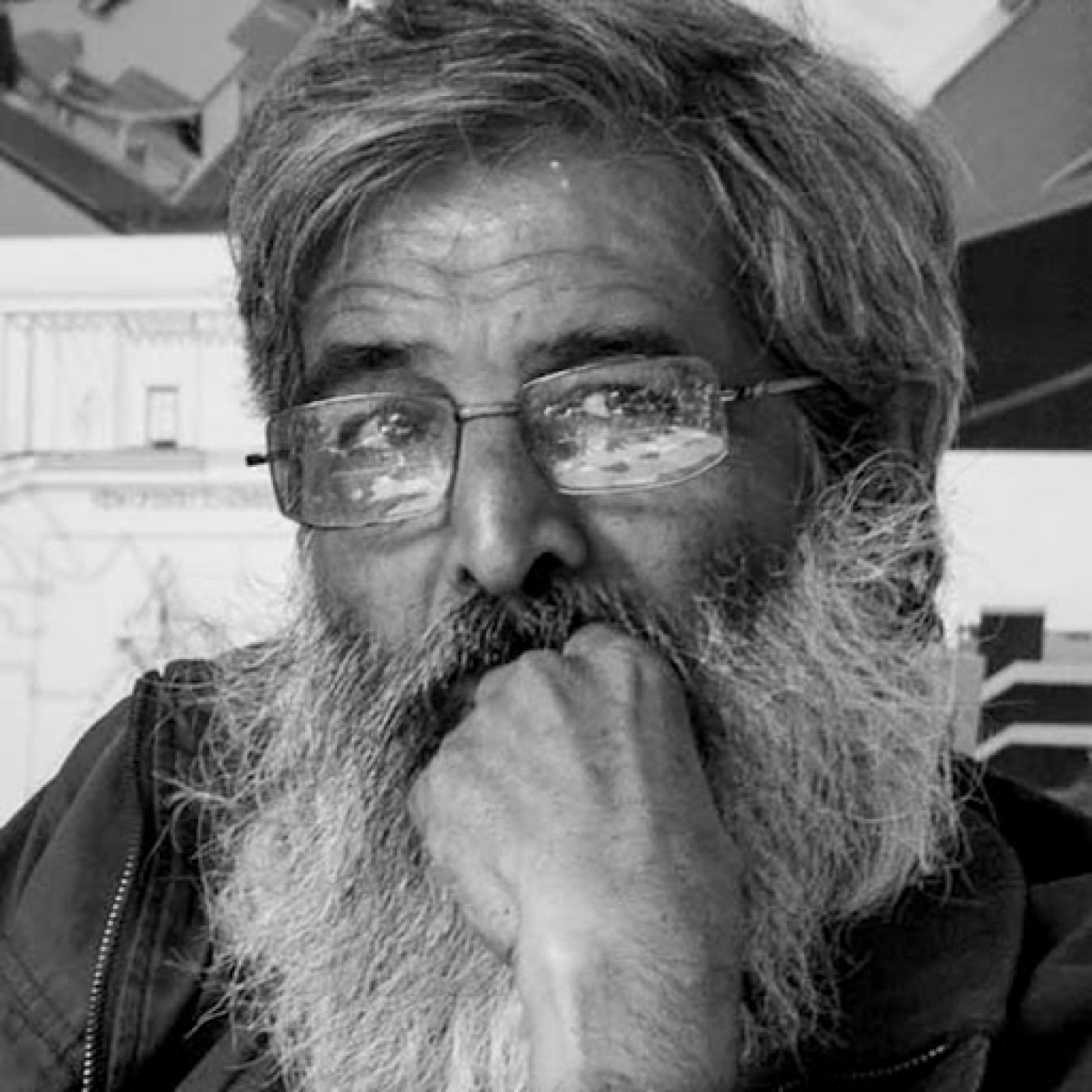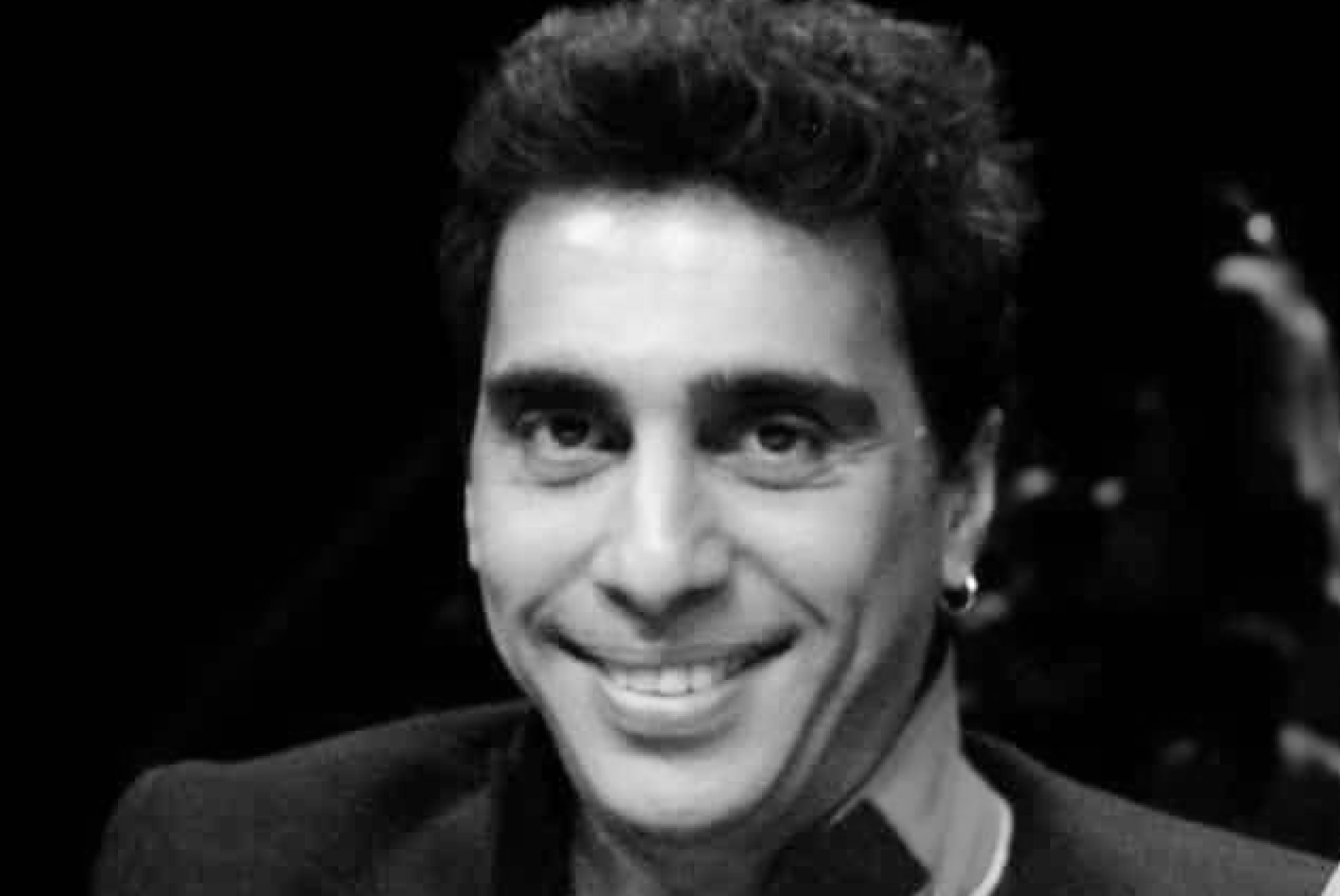EP 52 . 24 Jan 18
Canvas of Thumri
With Dhanashree Pandit Rai
In the episode
- What is Thumri and how did it emerge?
- How does Thumri sit-in the overall scheme of Traditional Hindustani classical music?
- Even thumri format has set rules and it’s own framework. Did Thumri face problems when it was evolving? If yes, what kind of challenges? Why did people venture into other lighter forms?
- Most of the Thumris are in Awadhi, Bhojpuri, Mirzapuri. Why? Have any of the artists explored by creating new bandishes or experimenting with the format?
- How does a particular format cease to evolve? Who decides beyond this point it won’t be called Thumri? Further modifications to this form and we will have to change the name? (Who defines Naam-roop to these forms)
About Dhanashree Pandit Rai
Dhanashree Pandit Rai holds a Masters Degree in Hindustani Classical Music from the University of Bombay. She has trained under the stalwart of the Kirana Gharana Pt. Firoz Dastur and the Thumri legend Shobha Gurtu. She has also received valuable guidance in Thumri from Begum Afroz Bano and Batuk Dewanji. She is a recipient of the prestigious SUR MANI award from Sur Singar Samsad. Dhanashree is one of the leading exponents of the THUMRI form of music and her repertoire, besides Khayal, consists of thumri, Chaiti, Hori, Kajri, Sawan, Jhoola, etc. She has also been associated with Jazz musicians and has been giving training in Indian music to several world-renowned Jazz artists. Most Of us must have heard in ted talks and other places where she familiarises with Raag Sangit and how to identify Raag in new and old age songs.




